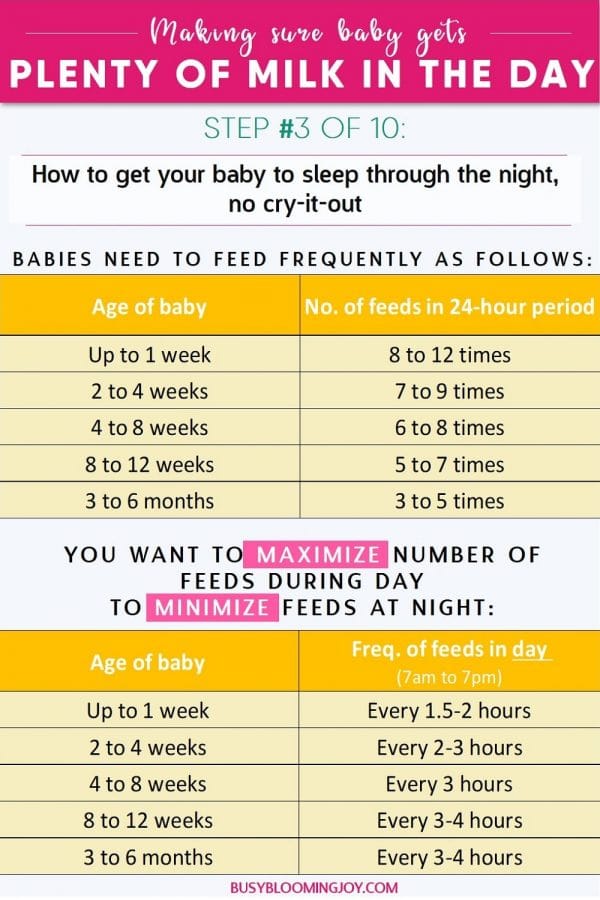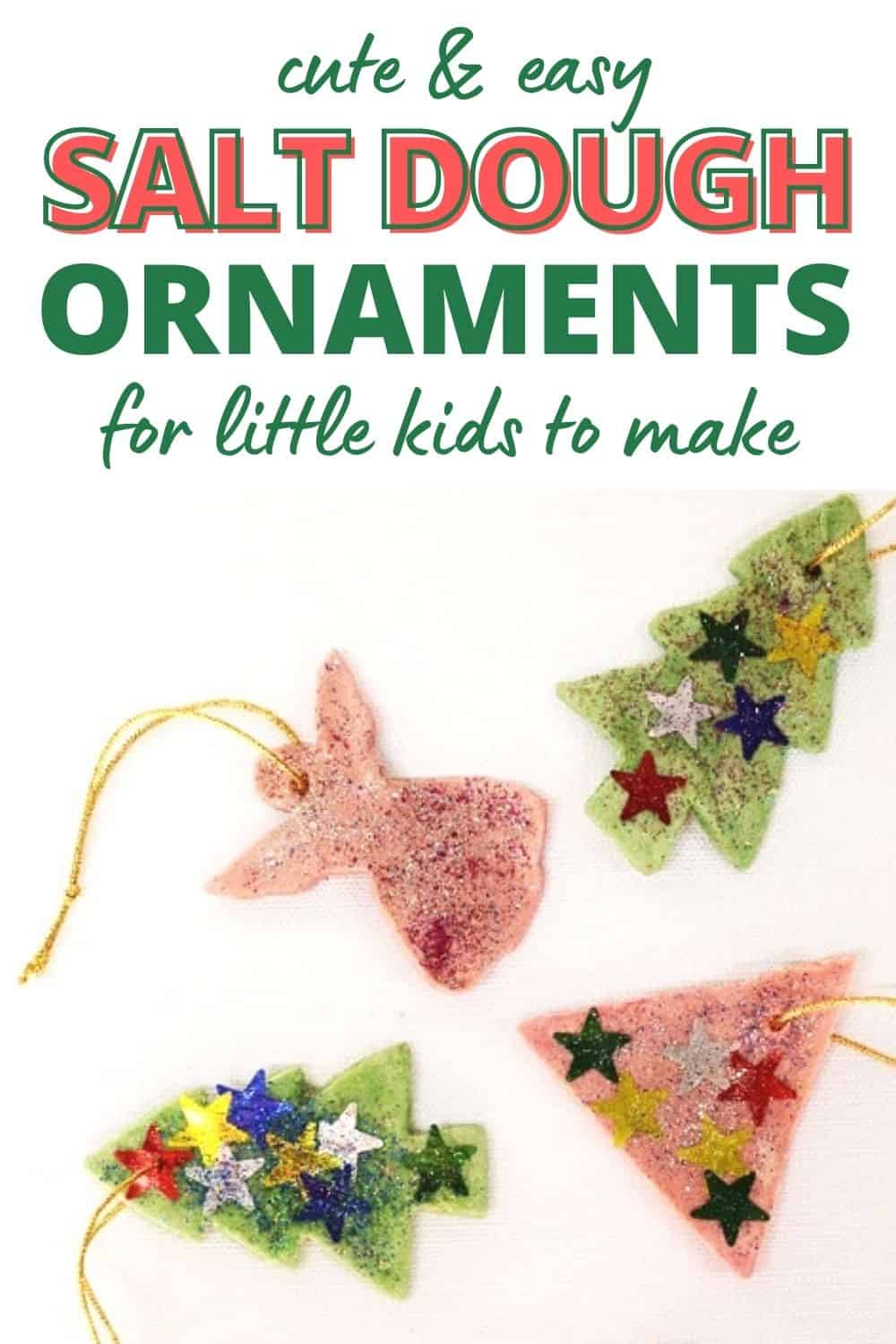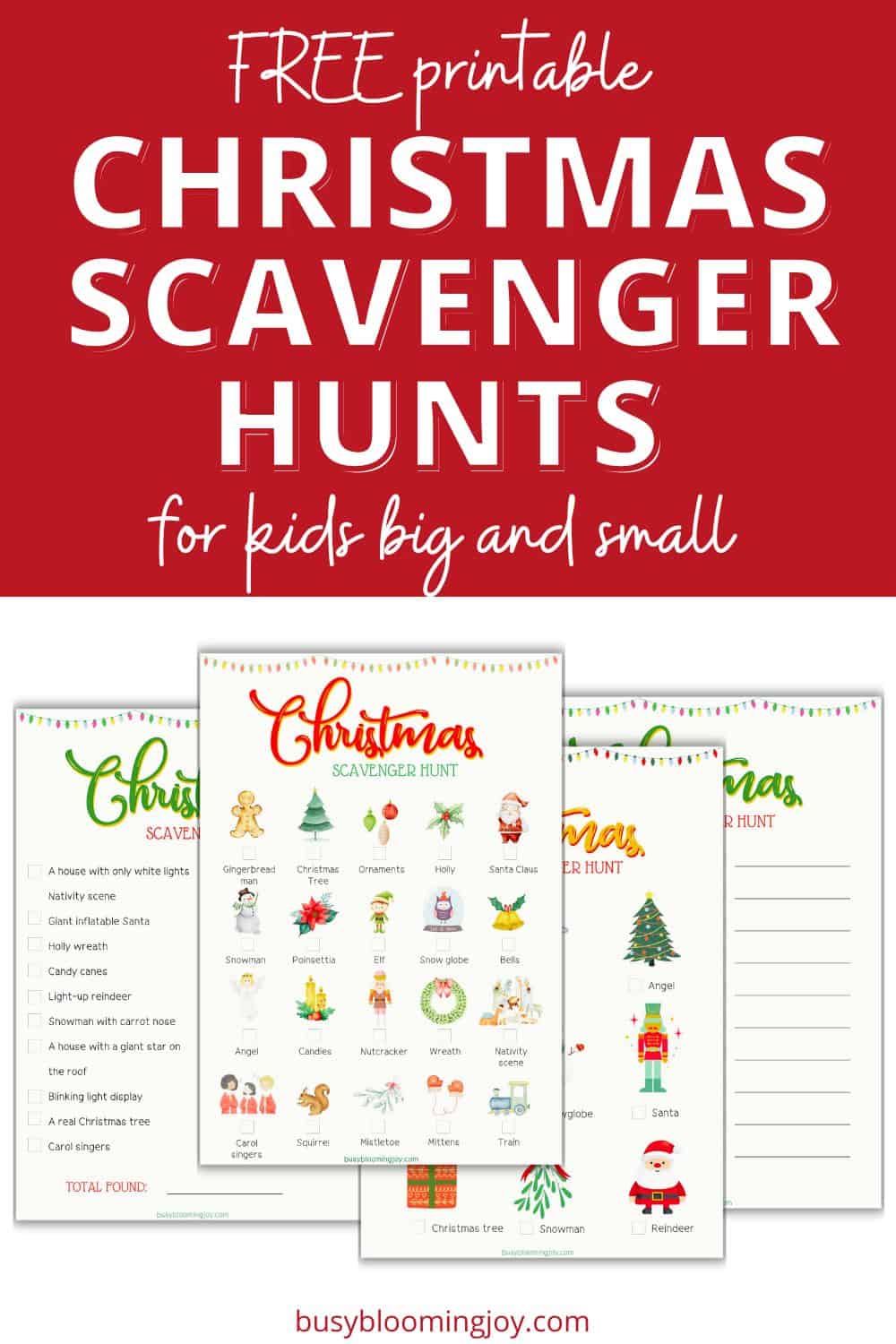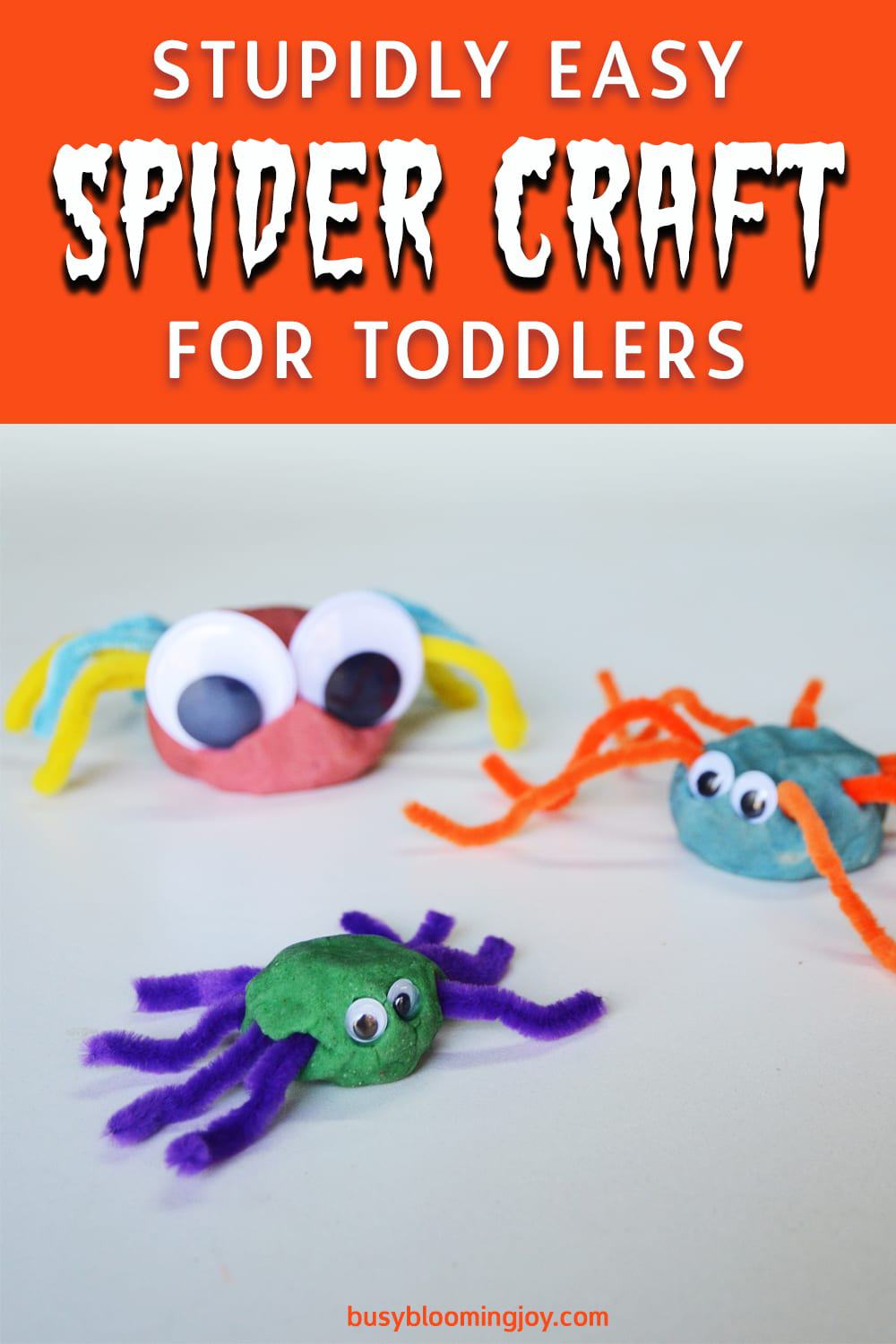Breastfeeding your newborn is no joke. Despite the complexity of getting ‘the most natural thing in the world’ right, you may have left the hospital feeling a bit….clueless.
I was.
I had managed to get a decent latch sorted and given a few different positions a try after help from the midwife. But other than that the only instruction I really had was:
“Be led by your baby.”
Errrr, anything else?
How long should I feed for? How often should my newborn need breastfeeding? Are there ANY guidelines?
Despite every baby being different, I managed to track down some down…
You may also be wondering about fast let-down and what to do about it, when to introduce a bottle and how. These are some of the many FAQs this post will answer.
If you’re just starting out on your breastfeeding journey, you may wish to read this first: Newborn Breastfeeding: The 5 Golden Rules For Success From The Start
Here you will find detail on:
- why getting a good latch is key (and how to do it)
- the importance of feeding frequently and ‘on demand’ in the early days
- why you should only switch to the other breast when the first is empty
- how to avoid the serial snacker
- the issues with comfort feeding (and what to do instead)
Table of Contents
ToggleNewborn breastfeeding: the ‘how often’, ‘how long’ and ‘when to feed’ questions
#1 How often should I expect to feed my newborn?
Whether you feed on demand, follow a schedule like this or make up your own, it can be good to have some guidance on how often to feed.
In the chart below, the top table is a good rule of thumb for the TOTAL feeds your baby is likely to need in a 24 hour period (in accordance with the American Academy of Pediatrics among many others).
#2 How often should I feed my newborn in the day and how often at night?
If you want to be strategic (you do) and work on getting a little bit more sleep at night (both you and your baby), then try and encourage more feeds in the day. This minimizes night wakings due to hunger. Logical.
The bottom table in the chart provides a guide as to how often to feed in the day, between 7 am and 7 pm, in order to minimize the feeds required at night.
Structuring feeds this way is one of the 10 steps that is sure to get your baby sleeping longer at night and eventually sleeping through the night.
Related post: How to get your baby to sleep through the night: 10 steps for an awesome nights sleep, no cry-it-out
#3 How long should a breastfeed last?
Again, there’s huge variability in how long a feed lasts.
Babies vary in their sucking strength, the efficiency at which they feed, your milk may be a little fattier than someone else’s, so your baby is full quicker….
In the early days
In the first few days, your baby will probably only feed for a few minutes at a time since their tummies are so small. But you want to try and build this up.
You may find yourself feeding for up at an hour at a time at the end of the first week. Or you may find your baby is full and satisfied after 20 minutes. These are for big/decent/full feeds where baby is able to go 2 or maybe 3 hours between feeds.
If you have a snacker, you may find, even by 3 weeks, 2 or 3 minutes and baby is done. But is awake half an hour later demanding a feed. If you don’t want a snacker, check out this post:
Related post: Is Feeding On Demand Crush You? How To Cheat The System
When baby takes ‘full’ feeds
Like I said, at the end of week 1 a full feed may take 20 minutes or 60 minutes, or even more or less. Baby may drain 1 boob and be done. Or need a few minutes from the second.
As your newborn grows, he or she will need more milk and likely drain both boobs. At the same time, your newborn will become more efficient at feeding and have a stronger suck.
So there will be balance between the two, but generally the older the baby, the quicker they feed.
Of course, growth spurts are another thing altogether! Expect a lot more feeds and a lot more frequently.
#4 Should I wake my newborn to feed?
A newborn that’s less than 2 weeks old needs feeding little and often for quite a few reasons.
For more on this, check out Rule no. 2 in the 5 golden rules for successfully breastfeeding your newborn
So you don’t want to let a very small baby go longer than 3 hours from one feed to the next.
For this reason, it’s standard medical advice to wake your newborn to feed if 3 hours have passed since the beginning of their last feed. After birthweight has been regained and you have the OK from your doctor you can let baby go longer between feeds.
But IN THE DAY, continue to wake baby up after 3 hours so that the longer stretches are at night.
So if you’re wondering how often to feed your newborn at night – the answer is every 3 hours until birth weight has been regained and you have the all clear from your doctor. Then, as little as possible!
This also helps avoid or turn around day night confusion.
#5 When should I switch to the other breast?
Only switch to the other breast when baby has emptied the first.
This is due to the changing composition of milk as the breast empties.
In a nutshell, the milk at the start of the feed (foremilk) is high in lactose (milk sugar) and low in fats. As the breast empties, the lactose content decreases and fat content increases. So the milk towards the end of the feed (the hindmilk) is low in lactose and high in fat.
You want baby to reach the fattier hindmilk, which will satisfy your newborn’s hunger a little longer.
In addition, too much foremilk may mean baby struggles to digest all the lactose. As a result, some may be left undigested, which instead ferments in the gut and then you’ve got a gassy baby on your hands.
So you need to ensure your breast is completely empty before switching to the other side.
#6 How can I easily keep track of which breast baby fed on
Some people use the hairband trick: put a hairband on the wrist of the side you last fed on so you don’t forget.
The problem I had with this is either I forgot to move the hairband or I ended up using the hairband for my hair.
A baby feeding/sleeping app is much easier.
You just press ‘start right’ when you start feeding on the right breast and ‘stop right’ when you stop. Switch sides, press ‘start left’ and so on.
I used Baby Daybook on my iPhone for my second born but had a different one with my son, as I had a Samsung. I can’t remember what it was called now but this article has a choice of 20 different feed and sleep tracking apps if you want some guidance.
#7 Which breast should I start a feed on
If baby did not fully drain milk from the last breast at the last feed, that’s the breast to start the feed on.
If baby did drain milk from the last breast at the last feed (you offered more milk from the other breast but baby refused) then start with the other side.
So in line with #5, you only switch sides when you’ve drained that breast fully.
Let’s make this clear with an example whereby at one feed, baby typically fully drains one breast, then feeds a bit more on the other side:
Feed 1: Baby feeds on the left breast until empty. You switch sides and baby feeds a little longer on the right breast.
So at the end of the feed (Ie baby was satisfied), there’s still milk left in the right breast.
Feed 2: Baby feeds on the right breast until empty. You switch sides and baby feeds a little longer on the left breast.
So at the end of the feed (Ie baby was satisfied), there was still milk left in the left breast.
Feed 3: Baby feeds on the left breast until empty. You switch sides and baby feeds a little longer on the right breast.
So at the end of the feed (Ie baby was satisfied), there was still milk left in the left breast.
And so on.
Again, keep track of which breast you fed on last with your tracking app (as per #5).
#8 My baby loves to snack! I’m getting no sleep. What can I do?
My firstborn was a snacker and it was tough.
He’d feed for 2 or 3 minutes, fall asleep and then wake 40 minutes, maybe an hour later, hungry.
He was fine, but funnily enough, I was feeling totally rubbish after a night of 5 or 6 short sleeps of just 30-45 minutes.
You want to avoid the serial snacker!
Wondering how? Check out Rule no. 3 in the 5 golden rules for successfully breastfeeding your newborn
#9 Is feeding on demand the only way? What about a feeding schedule?
Feeding ‘on demand’ is the current advice and is essential in those early days since babys’ tummy is small and you need to build up your supply. (Remember Rule no. 2 in the 5 golden rules for successfully breastfeeding your newborn))
But as you’ve probably gathered from the answer to the previous question, it IS possible to move towards something a little more structured, where you have bigger gaps between feeds and a little chance to recuperate, get the dishes done or tend to other kids.
You CAN start a feeding schedule with your newborn and not let them starve!
It doesn’t mean leaving your baby hungry, let’s just clear that up now!
More on this here: Is Feeding On Demand Crushing You? How To Cheat The System
Newborn breastfeeding: questions around milk supply
#10 I’m worried I’m not producing enough milk – what are the signs of a poor milk supply?
The only real sign that you have a poor milk supply is whether or not your baby is getting enough. How do you know your newborn is getting enough milk? See the next question.
These are NOT signs that you’re producing too little milk:
- frequent feeds and very long feeds – it’s normal and necessary for a newborn baby to feed often
- fussy baby that doesn’t want to be put down – this is common, especially during growth spurts and developmental changes
- night wakings due to hunger – babies will need to wake in the night more than once in order to satisfy their hunger needs until at least the age of 3 months
- you used to leak milk and now your don’t – your body has become attuned to exactly how much milk your baby needs so leakage is less likely (throw away the awful breast pads!)
- your breasts don’t seem to be as full as in the early days – ditto the last
- you can’t pump much milk – pumping milk is an art in itself! An ability to pump or not pump much is unlike to reflect poor milk supply
- you have small breasts – see later question
#11 How do I know my newborn is getting enough milk?
Regardless of how often you feed your baby and for how long, ensuring he or she gets enough milk over the course of the day, plus love and attention is all that matters.
There are 2 main indicators your newborn is getting enough:
- healthy weight gain – as verified at check-ups or when you weigh your newborn
- several dirty and wet diapers every day (check out this article for more guidance on how many)
#12 I have small breasts! I’m worried I won’t be able to make enough milk.
The storage capacity and milk making ability of your breasts is NOT related to breast size.
However, research has found large variability in the storage capacity of breasts from different women. And if your breasts have a smaller storage capacity you will likely need to feed your baby more frequently than someone with a larger capacity.
#13 I’m worried about my milk supply, what can I do?
Firstly, make sure you are drinking and eating enough. You may find you have the appetite of an elephant (I did). Listen to your body and eat.
Still worried?
Pumping is a good way to boost your milk supply. Pump extra milk in the morning, when you have more milk. Since milk is produced on a supply and demand basis, your body will make more milk to replace the milk you’ve pumped.
For a really in-depth guide, Life’s Carousel has this post on increasing your milk supply. You should see results in just a couple of days!
#14 Do certain foods boost milk supply?
Some people swear that certain foods increase milk supply, but there is no scientific evidence behind this, only anecdotal. Babies may prefer some flavors of your milk (the food you eat does flavor your milk) which makes them drink more. Since breast milk production is based on supply-and-demand, your body will then make more milk.
Since there’s no harm in trying, for some of the foods said to increase breastmilk supply, here’s one of many articles on the subject: How to increase breast milk: 7 foods to eat
Newborn breastfeeding: introducing a bottle
#15 When can I introduce a bottle to my breastfed baby?
It’s common advice to avoid use of a bottle in the first few weeks if you want to breastfeed successfully. The reason stated is that your baby may get your nipple and bottle confused.
However, so far there has been no scientific evidence to confirm this. This article from Parenting Science cites the research that has attempted to confirm this statement.
I started the occasional bottle feed with both my babies when they were less than 2 weeks old with no issues or any such confusion. They always preferred me to the bottle!
From 3 weeks old they both had 1 bottle a day and successfully I breastfed until 5 and 9 months respectively – allowing me 1 feed off!
#16 Can I introduce the occasional bottle of formula if I just need a break or need to go out?
Yes, absolutely.
This is why it’s a good idea to introduce a bottle early.
However, it will affect your milk supply, since milk is produced on a supply-and-demand basis. If you replace a breastfeed with a bottle, your body will notice!
Say you normally feed baby around 10 am every morning. If you replace that feed with a bottle of formula one day, you will find you have less milk at 10 am, two, or even, just one day later.
If you then decide to breastfeed the next day at 10 am, you may not have enough milk. Or you may have enough at 10 am but not enough at the subsequent feed.
Ideally, you want to pump milk as near as possible to this normal feed time, so your milk supply is unaffected.
If not, do not worry too much. Your body will respond and your milk supply will increase again, it just may take a few days.
#17 I want to introduce a regular bottle of formula, one a day. What’s the best way to go about this?
This is something I started at around 3 months with both my babies – just one feed that someone else can take care of and allow me a little more flexibility.
It doesn’t really matter which feed you choose, just go with what fits your routine.
The key is to make it the SAME feed every day, so that you don’t disrupt your milk supply.
Formula may keep your newborn fuller for longer, so you could try a formula feed last thing at night, as a Dream Feed.
If you’re unsure about The Dream Feed, check out this post: The Dream Feed: An insanely simple solution to dramatically more sleep
Newborn breastfeeding: pumping & storing milk
#18 I want to pump my milk and build up a freezer stash. What are the best times to pump?
The best time to pump is in the morning when your milk supply is most plentiful.
But if it suits you better to pump at another time that’s also fine.
Again, the key is to get into a routine and pump at the same time every day, since milk is produced on a supply-and-demand basis.
Whatever time you choose to pump at, try to do it as soon as possible after feeding your newborn.
This ensures your body has time to make more milk before your baby next needs feeding. If you’re unsure when this may be or your baby feeds very frequently, don’t drain both breasts, leave some spare!
#19 Are there any guidelines on storing and freezing milk?
Having a stash of milk to turn to can help in many circumstances. It can allow someone else to feed your baby if you have to (or want to) go out or if you’re sick and need to take strong medication that will pass to your baby.
These are the standard recommendations, as outlined by Baby Centre UK:
- At room temperature (no more than 25 degrees C), for up to six hours.
- In a cool box, with ice packs, for up to 24 hours.
- In a fridge (at four degrees C or colder), for up to five days. Store it at the back of the fridge, where it’s coldest, away from meat, eggs, or uncooked foods.
- In a fridge’s freezer compartment, for two weeks.
- In a home freezer (at minus 18 degrees C or lower), for up to six months. Source
For more information on freezing milk, check out this article from Mama on Parade: How to Freeze Breast Milk Safely and Easily
#20 I’m going back to work. I want to pump at work but not sure how to make it work?
The key here is to pump at the times you would normally feed at. This regulates your milk supply and stops it dropping.
But I’m only speaking from theory, not from experience!
Luckily Professional Momma should have the answers, with this post: How to Pump at Work: 13 Things You Need to Know
Newborn breastfeeding: looking after yourself plus do’s and don’ts
#21 Is breastfeeding painful? Should it hurt?
Other than the first few sucks, when you feel like a crab has jumped onto your boob, it’s NOT meant to be painful. The first few sucks, though…. damn it, they hurt!
If it’s painful for the entire breastfeed, something is not right. It’s highly likely you don’t have a good latch.
Check out this post: Newborn Breastfeeding: The Essential Guide You Need To Read To Get It Right From The Start
#22 How can I prevent cracked nipples?
Even if you get a good latch and it’s only the first few sucks that get your teeth clenching, your nipples are going to get a lot of abuse, ‘suction trauma’ is the official term, and could still crack!
As the saying goes, prevention is better than cure. Oil up those nipples frequently with a lanolin-based cream.
Do it after every feed from day 1, BEFORE they crack.
I was recommended this cream by a few people (NOT an affiliate link). It went with me everywhere and I religiously put it on after every feed and there was never a crack in sight. Expensive but well worth it (a little goes a long way so one tube really should be enough).
#23 Help! My nipples are cracked. What can I do?
There are few recommended remedies:
- warm compress
- salt water wash
- dab with expressed breastmilk
- a good lanosin based cream (this same one I recommended above for preventing cracked nipples)
More on treating cracked nipples here.
Other than that, unfortunately, it’s case of grin and bear it….
In the meantime, you may find expressing milk and bottle feeding will provide a little comfort if you’re really struggling.
#24 My breasts and painful and engorged. What can I do?
It’s common for your breasts to become large and engorged (with veins popping out) when your milk starts to come in.
Warm compresses and light massage can help relieve the discomfort, but it’s key to feed frequently, pump or hand express the milk. Remove that milk!
Prolonged engorgement can cause your breast ducts to become blocked which may even lead to mastitis.
#25 What should I eat and drink while breastfeeding?
Eating a healthy balanced diet (protein, carbohydrates, fat, fruit and dairy) is all that is required in order to successfully breastfeed.
You will need to eat more, an estimated 500 calories more every day, to satisfy the insatiable appetite you’ve probably developed!
For more info on what to eat while breastfeeding, when and how to diet plus info on caffeine and alcohol consumption, a post is coming shortly. Watch this space!
Newborn breastfeeding: the best of the rest…
#26 What’s a fast let-down and do I have one?
When your newborn starts to suck, the hormone prolactin signals to the body to make more milk and oxytocin sends the message to ‘let-down’ the milk. This is the milk-ejection reflex.
Your milk may ‘let-down’ several times during a feed.
The let-down can happen very fast for some mothers leaving their newborn with a faceful of milk! It’s not normally that dramatic but if your baby does any of the following, it may be because you have a fast let-down:
- Couch, gulp, gasp at the beginning of the feed as well as at other points in the feed
- Come off the breast at regular intervals during the feed
- Bring up a lot of milk (spit up) during and after a feed
- Sometimes refuse to feed
- Is generally uncomfortable when feeding
#27 What can I do if I have a fast let-down?
There are two main tactics that worked for me:
1 – Express some milk by hand at the beginning so milk has already let-down before your baby starts to feed
2 – Feed in a position where your baby has to suck milk uphill (in most positions gravity aids milk flow which makes a fast let down even worse)
Try sitting in a recliner chair or lying down with your baby on top, tummy to tummy. That worked quite well for me, though is a bit awkward when out!
3 – Burp your baby frequently
4 – Don’t let your newborn get too hungry before a feed – frantic sucking at first latch will only exacerbate a fast let-down
#28 What’s a Dream Feed?
This is when you feed your baby without waking her fully (so she’s in a dream-like state) just before YOU go to bed. The theory is to ensure your baby is as full as possible and can sleep as long as possible before waking hungry
Sounds simple but there are a few intricacies worth noting to dream feed successfully!
For more info, check out this post: The Dream Feed: An insanely simple solution to dramatically more sleep
#29 I’m really struggling with breastfeeding. Should I quit?
Whatever tips you read, however hard you try, you may have had enough! Unfortunately these days, there’s a lot of pressure to breastfeed and to do it for a looooong time.
Make the right choice for you and your baby.
Unsure what to do? Let the DGAF Mom help with this post: How to Know When Breastfeeding May Not Be For You
In Summary
Hopefully, that’s cleared a lot of things up for you and should have taken you from clueless to a little bit more clued-up.
But you could well have more! If so, please drop me a question in the comments box.
And if you haven’t already, check out this post: Newborn Breastfeeding: The 5 Golden Rules For Success From The Start
Here you will find detail on:
- why getting a good latch is key (and how to do it)
- the importance of feeding frequently and ‘on demand’ in the early days
- how to avoid the serial snacker
- the issues with comfort feeding (and what to do instead)














